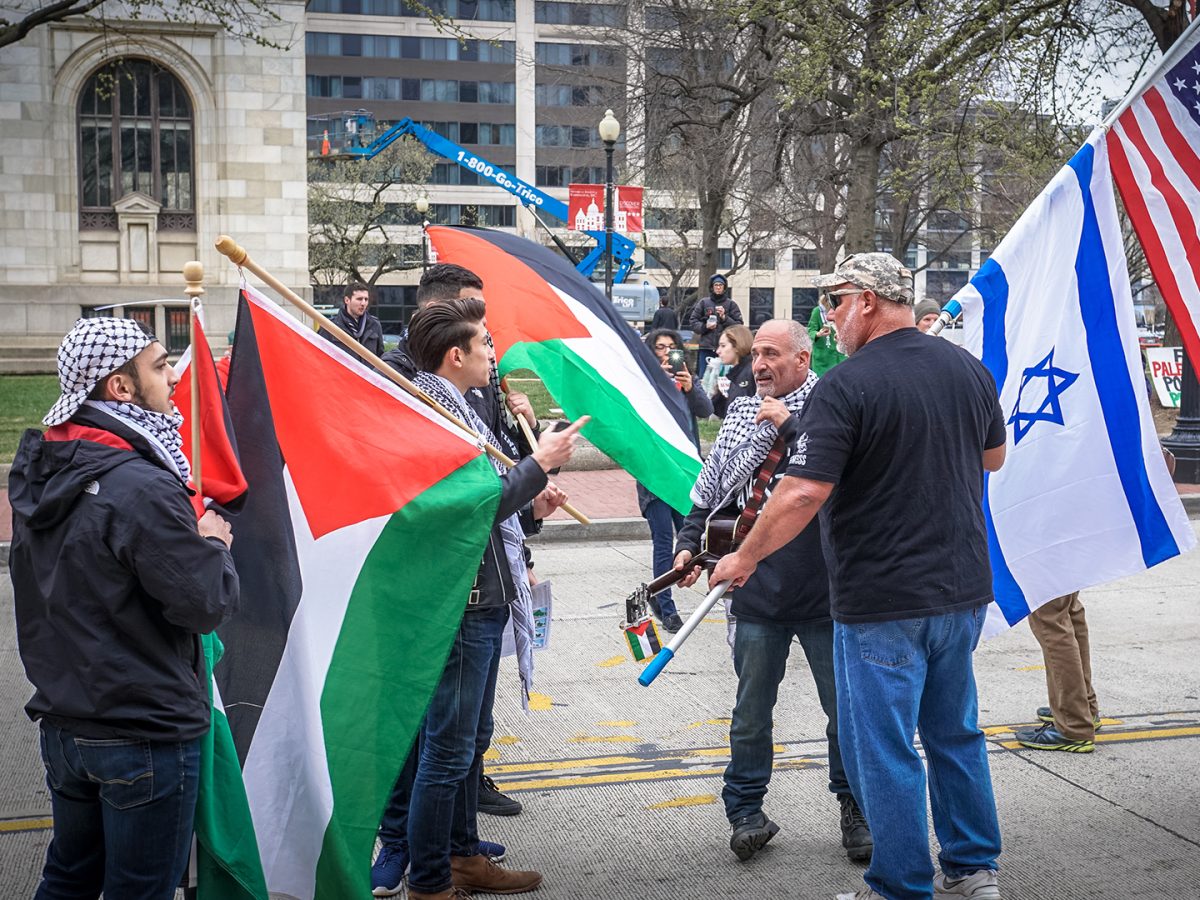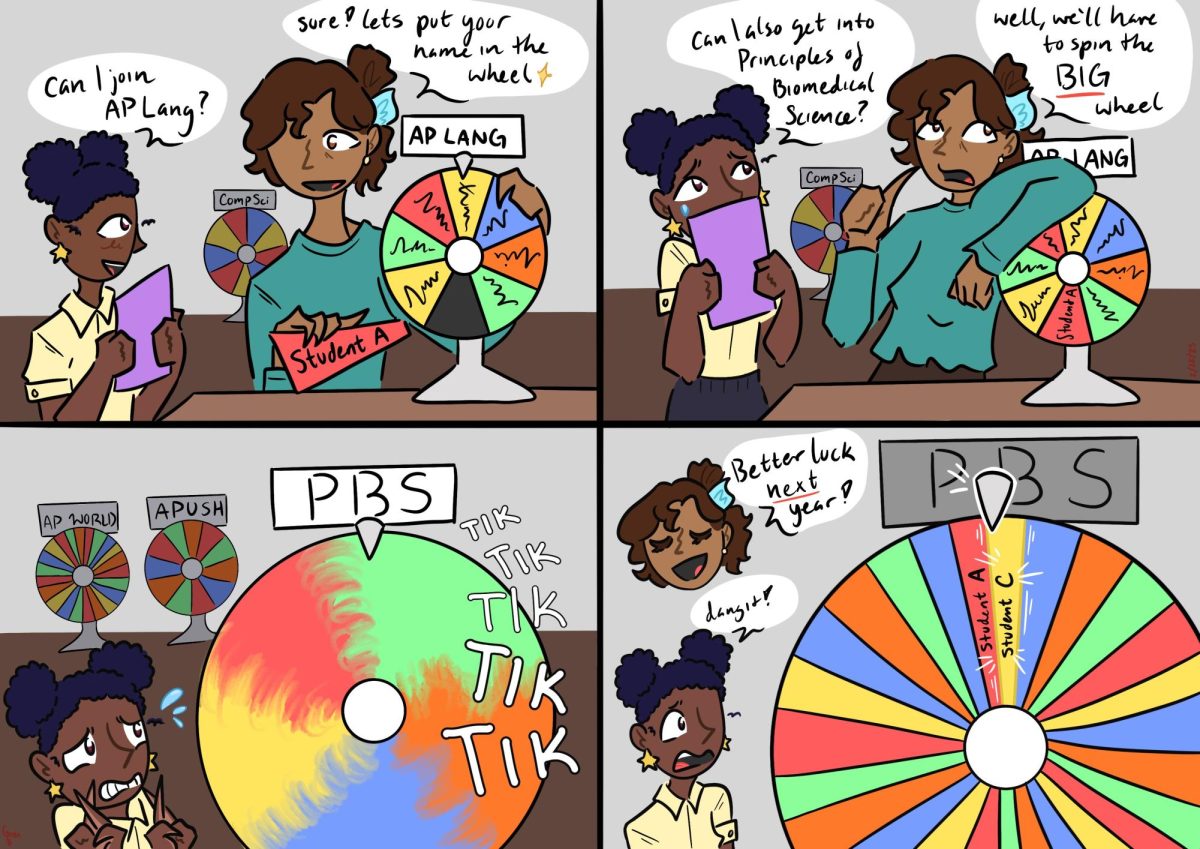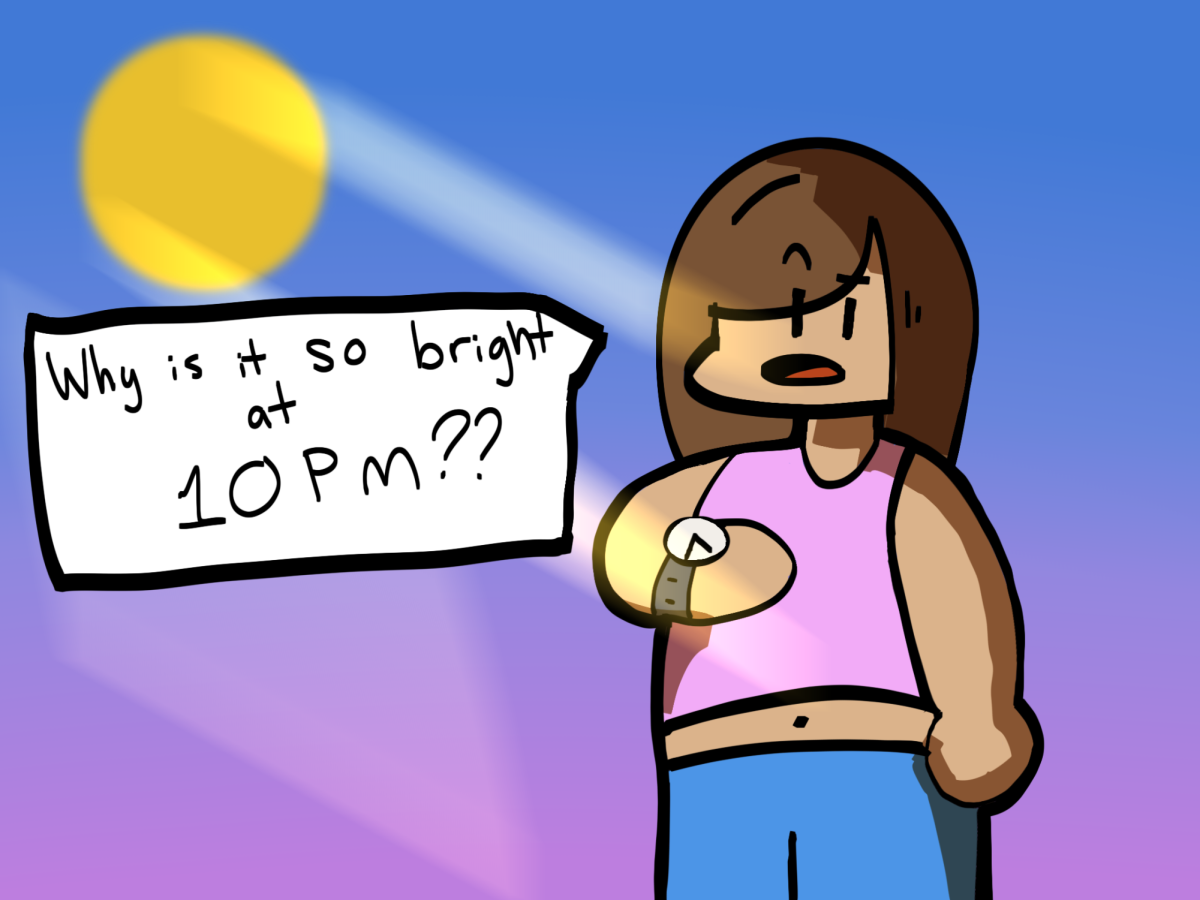The violence and hatred of the Israeli/Palestinian conflict is not confined to the Middle East.
On Nov. 5, a 69 year old Jewish man was killed during a pro Israel rally in Southern California. On Oct. 14, a 6 year old Palestinian American boy was killed in his home in Illinois, just because he and his family are Palestinian.
Both are being investigated as possible hate crimes.
Since Oct. 7, there has been a 182 percent rise in islamophobic incidents and a 388 percent rise in antisemitic incidents in the US compared to the same time last year, according to the Anti-Defamation League and the Council on American Islamic Relations. One cause for this rise in violence and prejudice is a failure of nuance.
When a topic provokes as much passion in people as this one does, it’s easy to ignore the other side’s point of view or facts that don’t support your own. These are the topics where we must work harder to understand and acknowledge multiple perspectives, or we risk spreading more hate.
One perspective calls the Oct. 7 attack by Hamas, in which more than 1,400 civilians were murdered, raped, and/or taken hostage, an act of resistance by an oppressed people.
Another perspective is it was an attack by an internationally recognized terrorist organization, whose self-stated purpose includes the destruction of Israel and killing Jewish people.
One perspective is to call Israel’s military response a genocide – which the United Nations defines as “a crime committed with the intent to destroy a national, racial, ethnic, or religious group – that has resulted in more than 10,000 Palestinians killed through bombing of the Gaza strip.
Another perspective is those 10,000 Palestinian deaths are not the result of an intent to destroy a group of people, but are unintended consequences of war against Hamas, who hides weapons and leaders amongst civilians, also a war crime.
One perspective claims that Israel was created through the ethnic cleansing of 750,000 Palestinians.
Another is that Israel was attacked by several surrounding Arab countries immediately after it declared independence. During that war, hundreds of thousands of Palestinians were displaced, as civilians have been displaced during every modern war.
One perspective accuses the Israeli government of apartheid, where people are denied rights in the country they live in because of their race or nationality, and some international organizations agree.
However, others do not, citing the 20 percent of Israeli citizens who are Arab-Muslim, and have the same legal rights as Jewish citizens.
One perspective calls a documentary accusing the Israeli government controlling the minds of American citizens unbiased reporting.
Another perspective is that the idea of Jews controlling the world through a media and banking conspiracy is an old stereotype that has fueled centuries of violent antisemitism, including the Holocaust.
Nuance is accepting that the truth is almost never found in one perspective. It’s usually somewhere in the middle.
This conflict, is too complex to be understood completely from a single article. Do the research and try to understand multiple points of view. This takes work, but it’s an important step in stopping the spread of hate and violence.
Daniel Sweetnam teaches AP US History at Cal High.
Conflict must be viewed with nuance
Daniel Sweetnam, Guest Writer
December 15, 2023
Tensions about Israel and Palestine run high in discussions.
More to Discover



